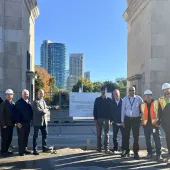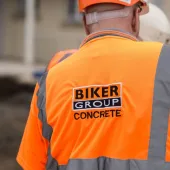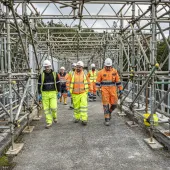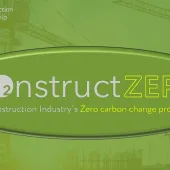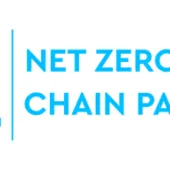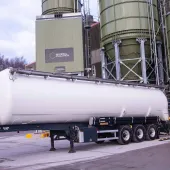The evolution of concrete
Andy Campling, head of Readymix Performance at Tarmac, sheds light on the trajectory of concrete evolution and the industry's initiatives to align with emerging regulations, emphasising the importance of sustainable material choices.
The construction industry faces a significant challenge in reducing its environmental impact while meeting the growing demand for concrete. With concrete production responsible for up to 8% of global CO2 emissions , the sector must innovate to achieve sustainability targets without compromising on performance or efficiency.
One of the primary hurdles is the complexity of navigating the myriad of low-carbon concrete options available. Project managers and contractors often struggle to make informed decisions due to a lack of standardised, easy-to-understand metrics for comparing the environmental impacts of different concrete mixes. This information gap not only slows down decision-making processes but also increases the risk of greenwashing, where products are marketed as more environmentally friendly than they actually are.
Another significant challenge is the perception that sustainable concrete options inevitably lead to compromises in quality or increased costs. This can make stakeholders hesitant to adopt newer, greener technologies, even when they offer comparable or superior performance to traditional mixes. The industry needs more education and real-world case studies to demonstrate that sustainability and quality are not mutually exclusive.
However, solutions are emerging to address these pain points. Innovative rating systems, such as that used within Tarmac's CEVO solution, are being developed to simplify the process of identifying and comparing low-carbon concrete options. These systems use clear, accessible metrics to grade concrete mixes based on their environmental impact, making it easier for non-specialists to make informed decisions quickly.
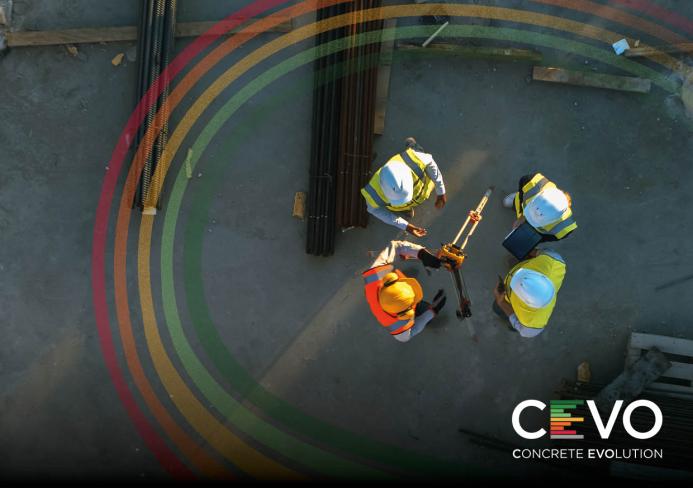
Advancements in concrete technology are also proving that sustainability doesn't have to come at the cost of performance. New mix designs incorporating supplementary cementitious materials and alternative binders are demonstrating strength and durability comparable to traditional concrete, while significantly reducing carbon emissions. These innovations are opening up new possibilities for sustainable construction without compromising on quality or efficiency.
The industry is seeing a shift towards greater transparency in environmental reporting. Leading manufacturers are now providing detailed carbon footprint information for their products, enabling more accurate lifecycle assessments of construction projects. This transparency is crucial for building trust in sustainable solutions and facilitating more effective carbon management throughout the supply chain.
As the market evolves, education and collaboration will be key to overcoming the challenges of sustainable concrete adoption. Industry associations, manufacturers, and academic institutions are joining forces to provide training and resources that help professionals navigate the complexities of green concrete specification and use.
By embracing innovation, transparency, and education, the concrete sector is paving the way for a future where environmental responsibility and high-performance construction go hand in hand. As these solutions become more widely adopted, they will play a crucial role in helping the construction industry meet its sustainability targets and contribute to a greener, more resilient built environment.


